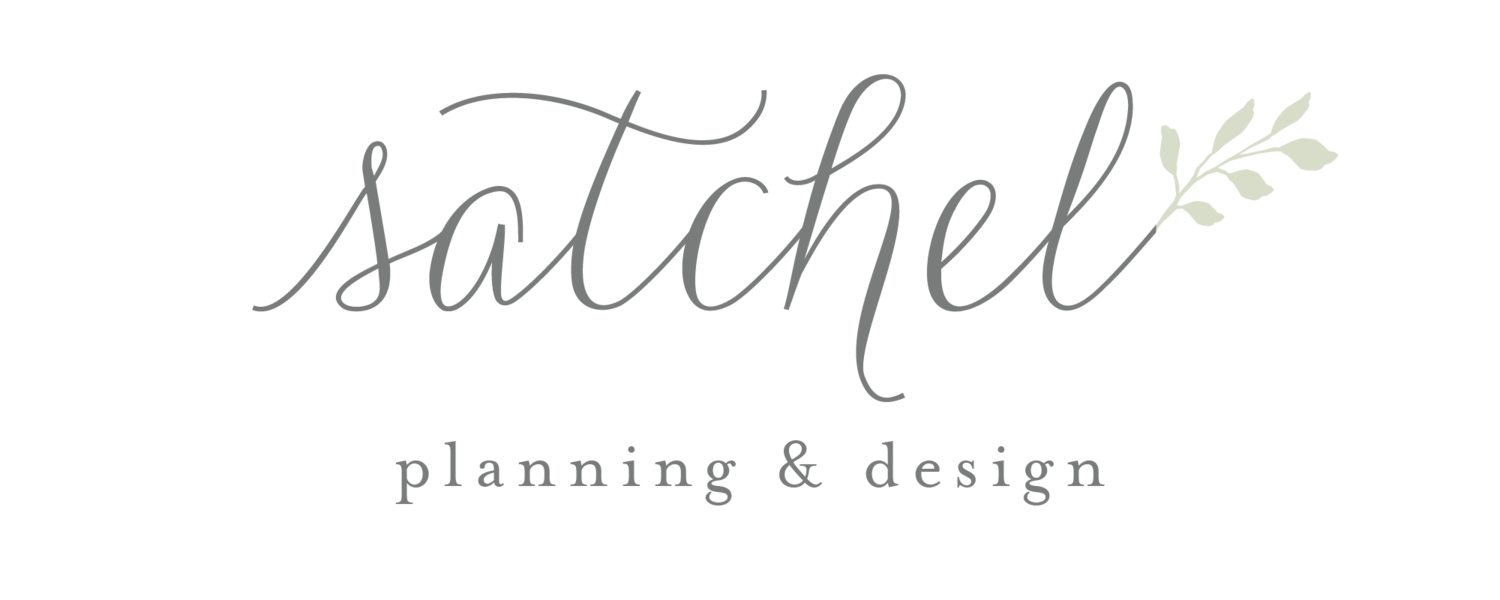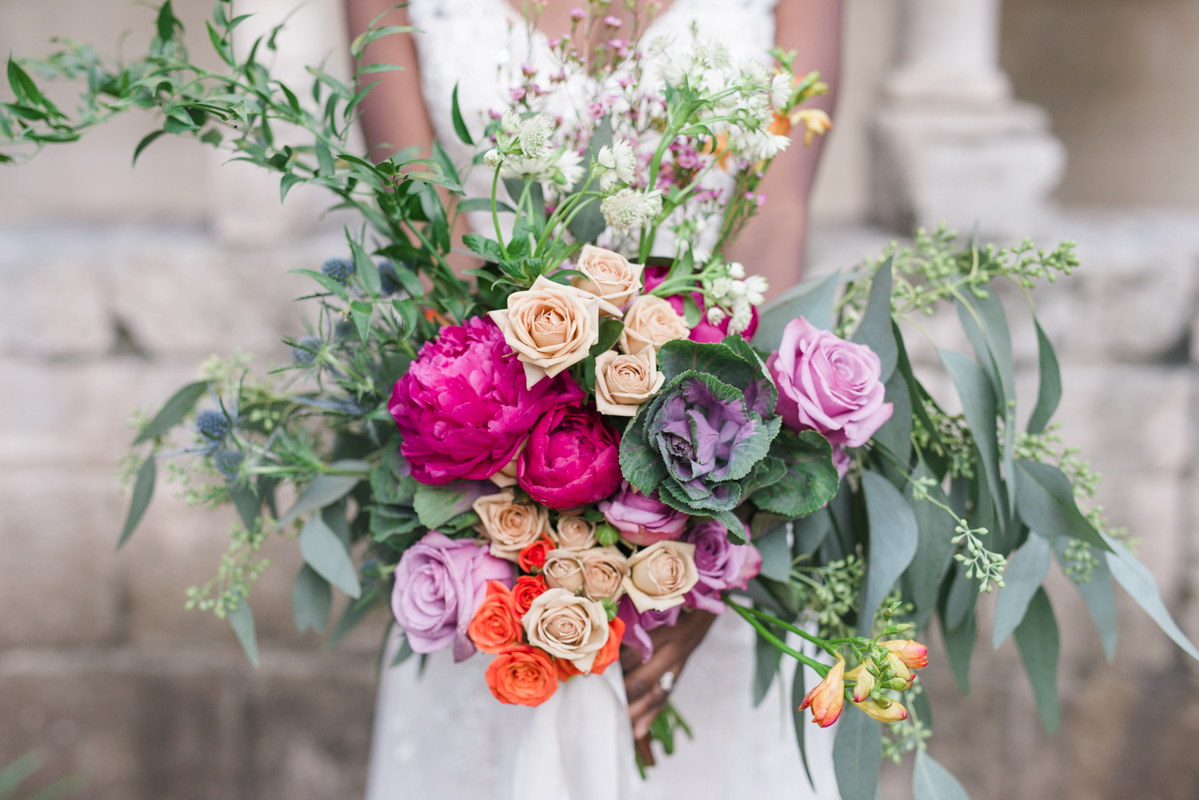If you aren’t getting married in a church that provides you with a list of the classic wedding songs, it can be daunting to choose that music, and also what instruments you’d like to have. I recommend to clients that they choose their song first. Look up the songs you’re interested in on YouTube, and listen to the songs played with different instruments. That will give you an idea of what you want played, and what instruments you’d like to incorporate.
Photo by Brenna Larson Photography, taken at my wedding while I walked down the aisle!
If you’re looking for something traditional, here are a few of the classic selections:
Songs commonly used for seating of the mothers, grandmothers, and also the bridal party procession:
Air on the G String (Bach)
Air (from Water Music Suite) (Handel)
Jesu, Joy of Man’s Desiring (Bach)
Canon in D (Pachelbel)
Nun bitten wir (Buxtehude)
Larghetto (Handel)
Prelude in C from The Well-Tempered Clavier (Bach)
Common bridal procession choices:
(My mom's heart broke a little when I told her I would not be walking down the aisle to Trumpet Voluntary. I think you either love the trumpet or hate it, but it definitely offers a dramatic entrance! I chose Canon in D, with an organist and violinist.)
Trumpet Voluntary (Prince of Denmark’s March) (Clarke)
Bridal Chorus (from Lohengrin) (Wagner)
Festive Trumpet Tune (German)
Canon in D (Pachelbel)
Common bridal recessional choices:
Wedding March (Mendelssohn)
Ode to Joy (Beethoven)
Festive Trumpet Tune (German)
Toccata in E Minor (Pachelbel)
Trumpet Voluntary (Prince of Denmark’s March) (Clarke)
Allegro Maestoso from Water Music, Suite 2 (Handel)
Of course, many brides aren’t looking for the traditional songs, and modern songs sound great when played on the classical instruments. If you do want to go with something a little more current, check with your ceremony musicians, to make sure they can execute your choice, and give them enough advance notice in case they have to learn the song.

































